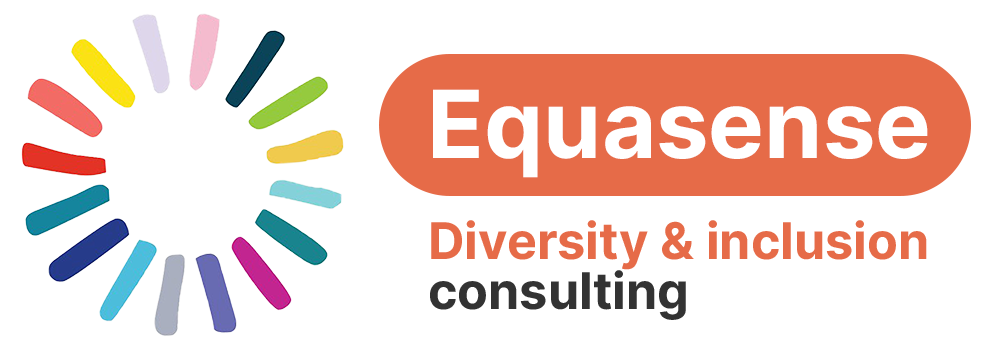What do we mean by workplace “culture”? One definition is “the way things are done around here”, whilst another is “the way things are experienced around here”. Two questions that are likely to be related, but are very different. You’ll need to ask different questions in different ways to be able to understand these two definitions of culture.
Culture is quite slippery to define. Organisations increasingly talk about their values, or have “professional behaviours” that are expected of their employees, and a set of policies that in some ways set the culture and expectations. But we all know that even the best written most inclusive policy is only as good as the extent to which it is adopted in day-to-day activities. That’s why we need to ask about the way things are experienced AND the way things are done.
Culture also has formal and informal dimensions – the stated culture, and the way the stated culture is adapted within a particular team or department. And of course culture differs between different countries and nationalities. Knowing “how things are done here” is also a key part of feeling included. For example, unwritten rules about dress code, how people refer to each other, how decisions are made. These are likely to differ between teams within one organisation and culture is often driven by the leaders of the team – so if that’s you, Number 17 of #22WaysToBeConsciouslyInclusiveIn2022 are questions for you.
1. When was the last time you looked at the culture within your team? 2. Does everyone know the agreed rules of behaviour?
3. In fact, were they agreed rules or have they just evolved over time – in which case check that they are inclusive?
4. Do you explicitly explain these rules to new members of the team? 5. Do you re-evaluate the culture AS a team on a regular basis?
Surfacing unwritten rules and then co-creating a more inclusive culture can be a great way to build a strong team, so long as it is done in a sensitive and inclusive manner – perhaps using an external facilitator or having an anonymous survey component (depending on the size of the team).


Recent Comments